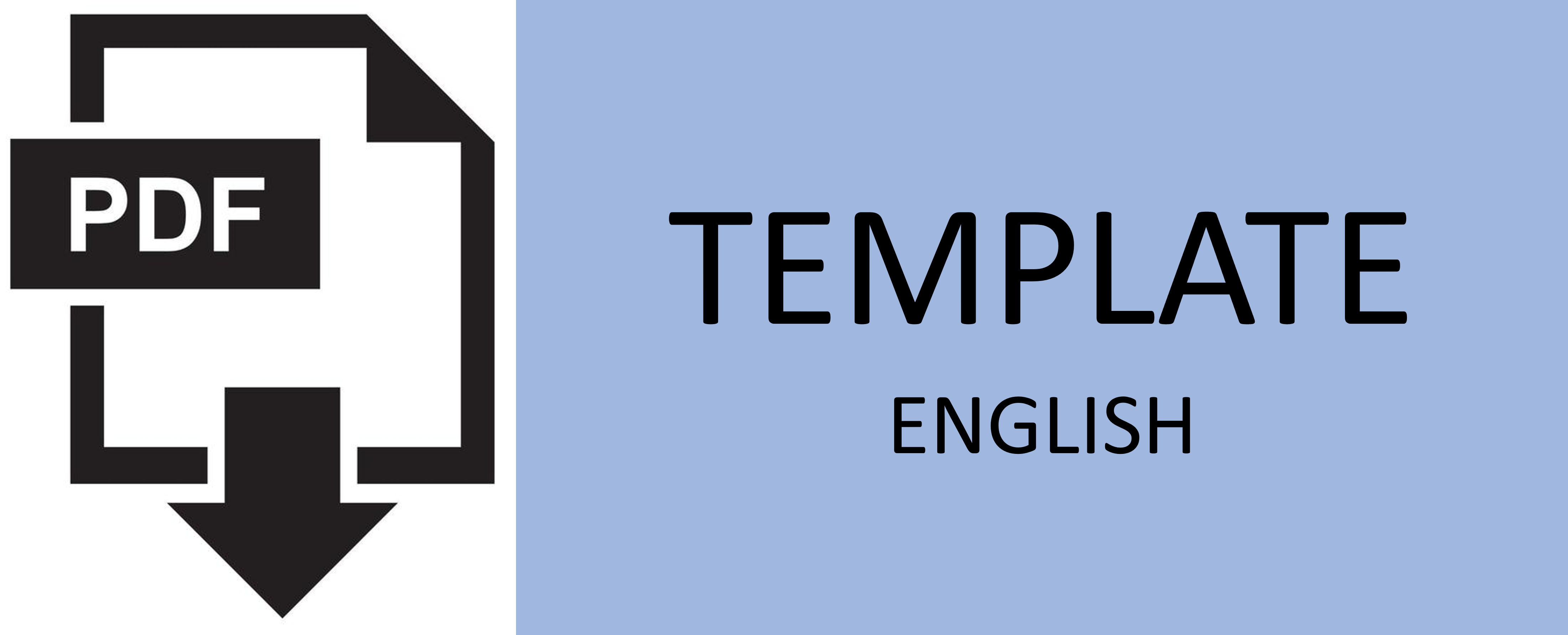AN EXPERIMENT OF SHEAR STRENGTH REINFORCED GEOPOLYMER CONCRETE BEAM BASED HIGH-CALCIUM FLY ASH WITH VARIAN SHEAR SPAN-TO-DEPTH RATIO
Abstract
This study discusses geopolymer-reinforced concrete beam's shear strength capacity by experimental observation using high-calcium fly ash as the main binder. This study observed the influence of shear span per effective depth ratio due to the geopolymer concrete beam's shear behavior and strength capacity. Two beams are designed to have diagonal tensile cracks; hence the shear failure state could be obtained. Each beam has similar properties by 150 mm in width, 250 mm in height, 1800 mm in length, 2D16 as the flexure bar reinforcement, and stirrups of Ø6-250 with 20 mm concrete cover. The research employed the four-point load bending testing with the load span difference of each beam, which will later be the study variable. The things sought in this study include the peak load-deflection curve, the shear capacity that occurs in geopolymer concrete beams, and the shear capacity comparison with ACI 318-19. The results of the tests that have been carried out show that type A geopolymer-reinforced concrete beam was more ductile than type B beams, with a percentage difference of about 21.49% in deflection. The shear strength at the ratio a/d of 2 was 115,04 kN, and the ratio a/d of 2.5 was 89,00 kN. As well as a comparison of the shear strength of the test results with calculations according to ACI 318-19 shows a ratio of 1.69. So it can be concluded that ACI 318-19 calculations were conservative.
Keywords
Full Text:
PDFReferences
N. P. Rajamane, M. C. Nataraja, and N. Lakshmanan, “An introduction to geopolymer concrete,” Indian Concr. J., no. November, 2011.
B. C. Mclellan, R. P. Williams, J. Lay, A. Van Riessen, and G. D. Corder, “Costs and carbon emissions for geopolymer pastes in comparison to ordinary portland cement,” J. Clean. Prod., vol. 19, no. 9–10, pp. 1080–1090, 2011, doi: 10.1016/j.jclepro.2011.02.010.
R. J. Flatt, N. Roussel, and C. R. Cheeseman, “Concrete : An eco material that needs to be improved,” vol. 32, pp. 2787–2798, 2012, doi: 10.1016/j.jeurceramsoc.2011.11.012.
E. Gartner and H. Hirao, “Cement and Concrete Research A review of alternative approaches to the reduction of CO 2 emissions associated with the manufacture of the binder phase in concrete,” Cem. Concr. Res., 2015, doi: 10.1016/j.cemconres.2015.04.012.
B. Singh, G. Ishwarya, M. Gupta, and S. K. Bhattacharyya, “Geopolymer concrete : A review of some recent developments,” Constr. Build. Mater., vol. 85, pp. 78–90, 2015, doi: 10.1016/j.conbuildmat.2015.03.036.
T. Glasby, J. Day, R. Genrich, and M. Kemp, “Commercial Scale Geopolymer Concrete Construction,” in The Saudi International Building and Constructions Technology Conference, 2015, pp. 1–11, [Online]. Available: https://pgmadvantage.com/wp-content/uploads/2021/02/Geopolymer-concrete_Saudi-Conference_2015.pdf.
Y. Tajunnisa, M. Sugimoto, T. Sato, J. Jaya, and M. Shigeishi, “CHARACTERIZATION OF LOW CALCIUM,” in 16th International Conference and Exhibition on Structural Faults and Repair, 2016, no. May.
Y. Tajunnisa, M. Sugimoto, T. Uchinuno, and T. Sato, “Performance of Alkali-Activated Fly Ash Incorporated with GGBFS and Micro-silica in the Interfacial Transition Zone , Microstructure , Flowability , Mechanical Properties and Drying Shrinkage,” in AIP Conference Proceedings, 2017, vol. 020042, doi: 10.1063/1.5003517.
Y. Tajunnisa, M. Sugimoto, T. Sato, M. Shigeishi, and C. Author, “A STUDY ON FACTORS AFFECTING GEOPOLYMERIZATION OF LOW CALCIUM FLY ASH,” Int. J. GEOMATE, vol. 13, no. 36, pp. 100–107, 2017.
R. Bayuaji, M. S. Darmawan, and N. A. Husin, “Utilization of High Calcium Content Fly Ash : Flexural Strength of Geopolymer Utilization of High Calcium Content Fly Ash : Flexural Strength of Geopolymer Concrete Beams in Sea Water Environment,” Open Civ. Eng. J., vol. 10, no. December, pp. 782–793, 2016, doi: 10.2174/1874149501610010782.
A. Hosan, S. Haque, and F. Shaikh, “Compressive behaviour of sodium and potassium activators synthetized fly ash geopolymer at elevated temperatures: A comparative study,” J. Build. Eng., vol. 8, pp. 123–130, 2016, doi: 10.1016/j.jobe.2016.10.005.
G. S. Ryu, Y. B. Lee, K. T. Koh, and Y. S. Chung, “The mechanical properties of fly ash-based geopolymer concrete with alkaline activators,” Constr. Build. Mater, 2013, doi: 10.1016/j.conbuildmat.2013.05.069.
T. Xie, P. Visintin, X. Zhao, and R. Gravina, “Mix design and mechanical properties of geopolymer and alkali activated concrete : Review of the state-of-the-art and the development of a new unified approach,” Constr. Build. Mater., vol. 256, p. 119380, 2020, doi: 10.1016/j.conbuildmat.2020.119380.
ASTM, AASTM C 33 - 03 Standard Specification for Concrete Aggregates, vol. 04. 2001.
H. Haji-Esmaelii, Admixtures for use in geopolymers. 2012.
T. A. Bhat, R. Kumar, M. A. Dar, and J. Raju, Effect of Sugarcane Molasses on Properties of Geopolymer Concrete, vol. 1, no. 2006. Springer International Publishing, 2019.
T. Phoo-ngernkham, C. Phiangphimai, N. Damrongwiriyanupap, S. Hanjitsuwan, J. Thumrongvut, and P. Chindaprasirt, “A Mix Design Procedure for Alkali-Activated High-Calcium Fly Ash Concrete Cured at Ambient Temperature,” Adv. Mater. Sci. Eng., vol. 2018, 2018.
DOI: http://dx.doi.org/10.12962%2Fj20861206.v38i3.17494
Refbacks
- There are currently no refbacks.

Journal of Civil Engineering is licensed under a Creative Commons Attribution-ShareAlike 4.0 International License.







.jpg)